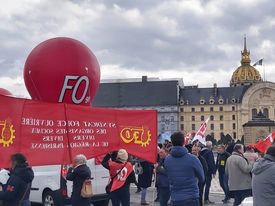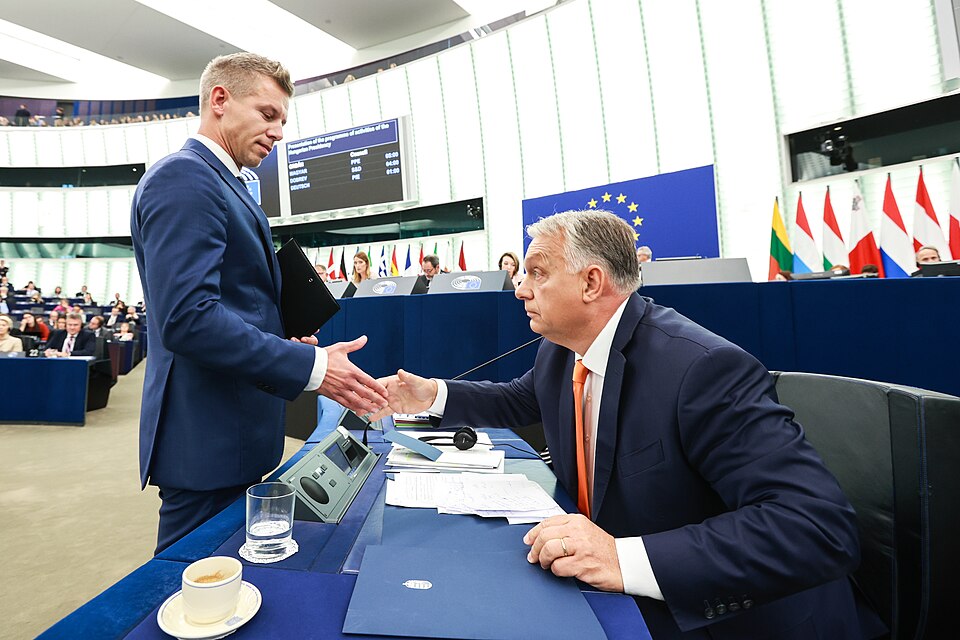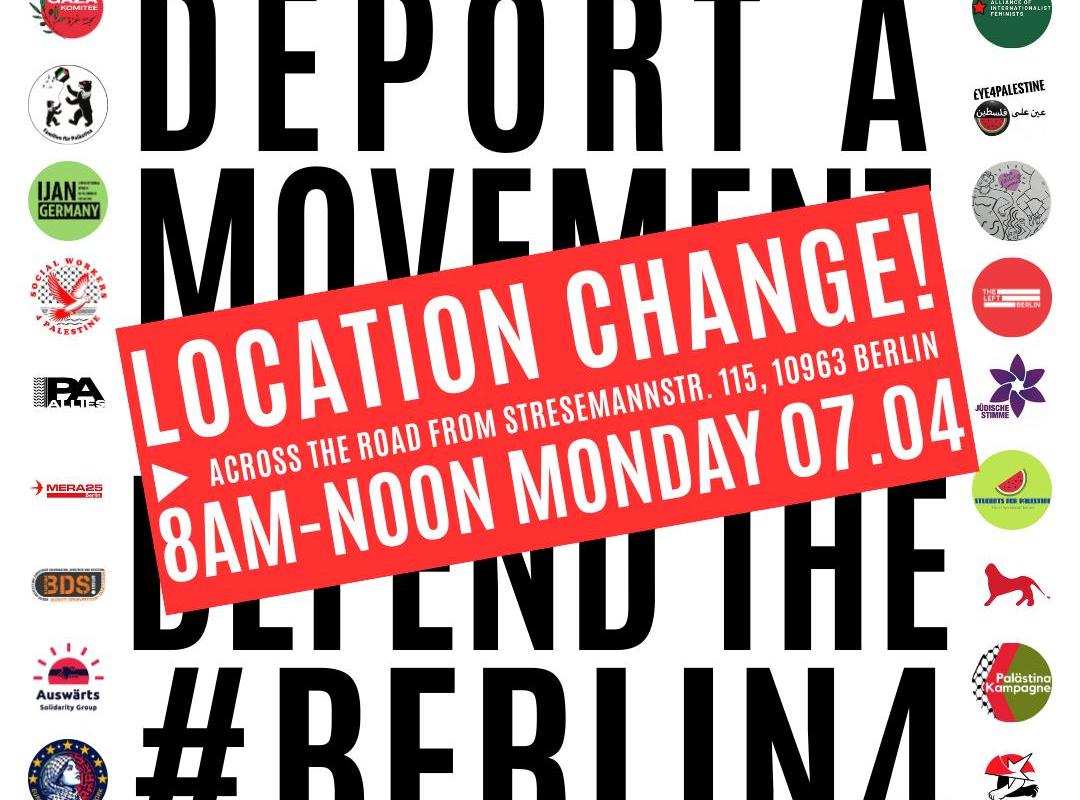The 11th day of action to defend pensions and oppose Macron, Thursday the 6th of April, again saw millions on the street, and hundreds of thousands on strike in a joyful festive atmosphere. This is despite police repression, and despite the refusal of national union leaderships either to organize an indefinite general strike or to give any real support to the more radical sections of workers, such as the oil refinery workers blockading oil depots with mass pickets (meanwhile the government sent in riot police and requisitioned some workers in order to force them to go to work).
Conflict at a plateau
Thursday’s day of action attracted fewer protestors, but still millions, in 370 demonstrations across France. Bosses’ representatives were complaining this week that each day of action “costs a billion and a half euros”. In Italy and Belgium there have been some solidarity strikes. Young people are far more in evidence at the demonstrations this week, hundreds of high schools and dozens of universities are regularly being blockaded, and the slogans are more radical than before. Thursday, hundreds of young people in Paris were chanting “we are young, fired up, and revolutionary” while a barricaded high school in the centre of France resounded to the chant “Down with the state, the cops, and the fascists!” In Paris last week, a bemused Norwegian pop singer, Girl in Red, cutely asked her concert audience to teach her a little French. The hall erupted with chants of “Macron, démission!” — “Macron, resign!”
There are ongoing strikes in oil, air transport, docks and energy, although refuse collectors and several key rail depots have suspended strike action, feeling isolated after three or four weeks striking. And every day there are local demonstrations or motorways or wholesale centres blockaded. A few days ago over a thousand students at the university of Tolbiac in Paris were debating the way forward together.
The conflict with Macron is at a plateau. Neither side is prepared to give in, and the movement is neither accelerating nor collapsing. As the revolt continues, considering political strategy is essential. How are the Left organizations doing, faced with a huge and very popular revolt, and a national union leadership strategy which is unable to win?
Left organizations put to the test
A historic social explosion is always a test for any Left organization. In this article I want to briefly evaluate the different wings of the French Left in the crisis. This is a delicate exercise. Many thousands of activists in all the Left parties (and many non-party people) have been doing excellent work organizing strikes and protests, leafleting and caucusing, encouraging creativity and rebellion. Most of them have done more than I have, so I do not want to appear as a red professor giving them marks out of ten. But we need to win, this battle and many more, to defend ourselves and eventually to get rid of capitalism, so strategies must be understood and criticized openly.
The political landscape in France today has been formed by decades of neoliberalism and the powerful fight against it. In 1995, in 2006 and in 2019, huge strike movements were successful in winning defensive battles against pension attacks, or against attacks on workers’ labour contract conditions. In 2003, 2010 and 2016, massive movements were defeated by the government and laws implemented to reduce pensions, and to make it much easier to sack workers.
There are two key points here. One is that all these struggles, like the one going on right now, are defensive struggles, to stop the neoliberals taking stuff away from us. They are inspiring, but nevertheless they are defensive. Secondly, they involve a high level of political class consciousness. Millions of older workers went on strike and protested in 2006, when the government threatened a worse work contract for employees under 26. Millions of workers not affected personally by the present Macron attack on pensions are enthusiastically taking part in the movement anyway. The idea that “an injury to one is an injury to all” and the understanding that if they beat us in this battle they will be all the stronger for the next is extremely widespread.
Finally, we need to understand that even when the explosive movements lost on their immediate defensive demands, governments were generally obliged to shelve a whole series of other attacks they had been planning (as this month they shelved a racist immigration law, and also suspended a plan to reintroduce 2 weeks of national military service for all young people).
After the Socialist Party destroyed itself
It is this energetic class struggle which has formed the political landscape today. The Socialist Party was electorally destroyed after the Socialist government introduced new labour laws in 2016, smashing national union agreements, reducing payment for overtime, etc. In the 2022 elections the party got 32 Members of Parliament — ten times fewer than in 2012!
But the millions of people involved in the mass movements I have mentioned, sometimes victorious, sometimes defeated, were looking for a political expression to their opposition to neoliberalism. They didn’t become millions of Marxists, because Marxism was still very solidly linked to Stalinism and Soviet imperialism in people’s minds, and because the Marxist organizations were not big enough or smart enough to grow much. But people were looking for a radical Left insurgent option, and that is what made France Insoumise (France in Revolt) possible. If you imagine that, in Britain, Jeremy Corbyn had left the Labour Party and built a radical Left alternative, which then went on to get seven million votes, that is France Insoumise.
France Insoumise calls for “a citizens’ revolution”, which is meant to happen by sweeping away the presidentialist fifth republic and putting a sixth republic in its place, while implementing a very radical programme. Retirement at 60, a turn to 100% renewable energy 100% organic farming, a big rise in the minimum wage, a billion euros for measures to fight violence against women, and so on.
The FI movement and its 74 MPs have been playing a positive role in the present revolt. When Prime Minister Borne announced that the attack on pensions would be forced through by decree, all the FI MPs held up signs for the cameras saying “See you in the streets!”. When the national union leaders called a day of action ten long days after the previous one, the FI called for rallies in front of all the regional government headquarters in the meantime. The FI’s strike fund has raised 900,000 euros. And this week, FI leader Melenchon is being taken to court by the Paris chief of police for “insulting the police”. He had declared that one particularly violent police squad should be dissolved and the “young men should be sent off for psychological help” because “Normal folk don’t volunteer to get on a motorcycle and beat people with batons as they pass by”. These few symbolic examples show the radicalism of the FI.
It is unsurprising that Macron is launching a major campaign against France Insoumise. He accuses it of “wanting to delegitimize our institutions”. His hardline interior minister Gérard Darmanin is denouncing the “intellectual terrrorism” of the radical left. The entire left must be ready to defend the FI against right-wing attacks, whatever other disagreements subsist.
There is still much missing, however, in the FI approach. In many ways a traditional reformist organization, seeing parliament at the centre of its medium-term strategy, the organization accepts a “division of labour” by means of which it is the role of union leaderships to run the strike movement, and political parties should stay out of debates about strategy. This is disastrous when the union leadership’s strategy is so woefully inadequate. In addition, many among the FI leadership are keen to win this battle so that political life gets “back to normal” and politics resumes through traditional channels. We Marxists, in contrast, are hoping that this battle will build up consciousness and organizational capacity which will make our class refuse to go “back to normal” political life, but rather start exploring how capitalism can be overthrown.
The rise of France Insoumise and its successful occupation of the radical Left space has left the French Communist Party squeezed out. It still has 50,000 members, of which nearly a third are elected local or regional councillors, and it has twelve members of parliament. Under its leader Fabien Roussel, it is trying to occupy a space clearly to the right of France Insoumise, to capture some of the people the Parti Socialiste lost but who were not tempted by Macronism, or even some of the far right voters. Roussel has shown this by declaring his support for nuclear power, by attending rallies organized by hard right police trade unions, and, right now, by prioritizing the campaign for a referendum on the pensions law (a process which would take months and require almost five million signatures).
The revolutionary approach
What, then, of the revolutionary Left? In France, there are three revolutionary organizations with a couple of thousand of members each, one with about a thousand, and four with a couple of hundred each. One or two of these latter groups operate inside France Insoumise networks, since the FI is an extremely loose organization. Some of the most radical actions, such as taking busloads of students to join mass pickets at the oil refineries, or organizing regular grassroots inter-union meetings, have been initiated by revolutionaries. And some of the most important questions, such as how to move from a powerful defensive movement to an offensive against neoliberalism and capitalism, are put forward by Marxists.
Yet there is a crucial lack. There is no organization setting up public meetings in every town entitled “General Strike: Why and How?” There is no organization calling rallies in front of the regular meetings of the national union leaderships, pushing them to call a real general strike. Most revolutionaries are following a strategy of “pushing the movement forward as far as possible”. This is obviously essential, but leaves the general strategy in the hands of union leaderships. A clear analysis of the role of trade union leaders as professional negotiators with specific interests (which rapidly conflict with those of workers when struggle rises) is generally absent.
The 11th day of action is on April 13, but the weakness of the weekly day of action as a sole national strategy is ever more visible. Less combative organizations are suggesting the solution is to spend months campaigning for a referendum. But what is needed is an indefinite general strike.




